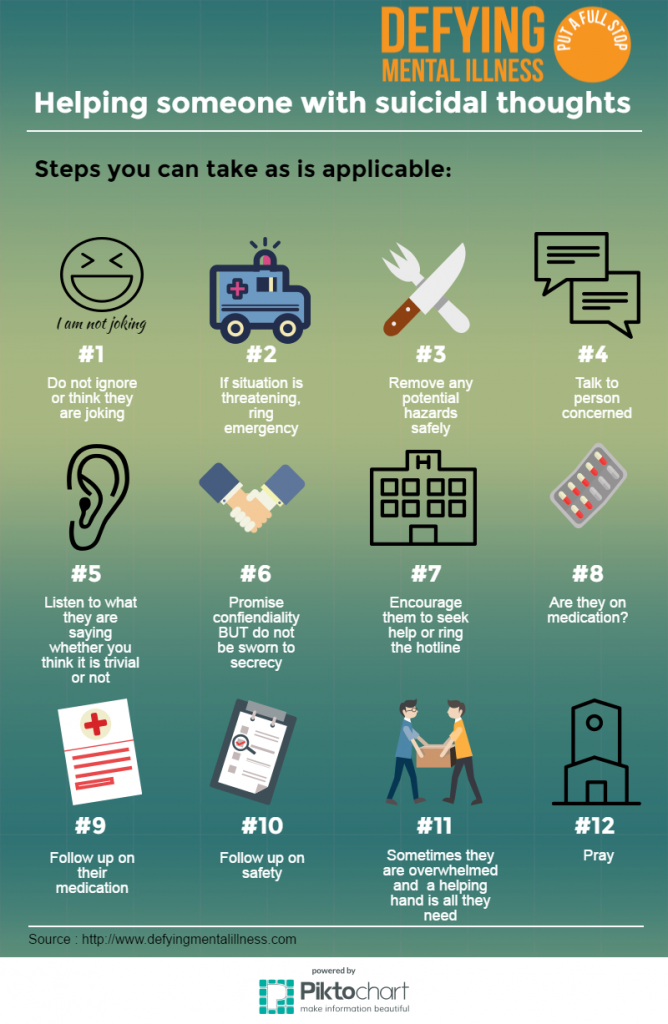How Does Art Therapy Work
How Does Art Therapy Work
Blog Article
How Do Mood Stabilizers Work?
Mood stabilizers aid to soothe areas of the mind that are influenced by bipolar affective disorder. These medicines are most reliable when they are taken consistently.
It might take a while to find the best medicine that functions ideal for you and your doctor will monitor your condition throughout therapy. This will certainly entail regular blood tests and possibly a modification in your prescription.
Natural chemical guideline
Natural chemicals are a team of chemicals that manage one another in healthy individuals. When levels become unbalanced, this can result in state of mind conditions like anxiety, anxiousness and mania. State of mind stabilizers aid to stop these episodes by aiding manage the balance of these chemicals in the brain. They also may be used together with antidepressants to improve their efficiency.
Medicines that function as state of mind stabilizers consist of lithium, anticonvulsants and antipsychotics. Lithium is probably one of the most popular of these drugs and jobs by influencing the flow of salt via nerve and muscle cells. It is most often used to deal with bipolar illness, but it can also be helpful in treating other mood disorders. Anticonvulsants such as valproate, lamotrigine and carbamazepine are also reliable state of mind maintaining drugs.
It can spend some time to locate the ideal sort of medicine and dose for every person. It is essential to deal with your physician and engage in an open dialogue about just how the drug is benefiting you. This can be specifically handy if you're experiencing any kind of negative effects.
Ion network inflection
Ion channels are a major target of mood stabilizers and many other drugs. It is currently well developed that they are vibrant entities that can be modulated by a range of external stimuli. Additionally, the modulation of these channels can have a range of temporal effects. At one extreme, adjustments in gating characteristics might be quick and instant, as in the nicotinic acetylcholine receptor/channel system. At the other end of the range, covalent alteration by healthy protein phosphorylation may result in adjustments in network function that last longer.
The field of ion network inflection is going into a period of maturity. Current research studies have demonstrated that transcranial concentrated ultrasound (United States) can promote neurons by turning on mechanosensitive potassium and salt channels embedded within the cell membrane layer. This was shown by revealed channels from the two-pore domain name potassium household in Xenopus oocytes, and focused US dramatically regulated the present flowing via these channels at a holding voltage of -70 mV (best panel, relative result). The outcomes follow previous observations showing that antidepressants influencing Kv channels regulate glia-neuron communications to opposite depressive-like behaviors.
Neuroprotection
State of mind stabilizers, like lithium, valproic acid (VPA), and carbamazepine, are necessary in the therapy of bipolar affective disorder, which is characterized by recurrent episodes of mania and clinical depression. These medications have neuroprotective and anti-apoptotic homes that help to stop cellular damage, and they additionally improve cellular strength and plasticity in inefficient synapses and neural wiring.
These safety actions of state of mind stabilizers may be mediated affordable mental health treatment options by their restraint of GSK-3, inositol signaling, and HDAC activity. Furthermore, lasting lithium treatment shields versus glutamate excitotoxicity in cultured neurons-- a version for neurodegenerative conditions.
Studies of the molecular and mobile impacts of state of mind stabilizers have actually shown that these medicines have a large range of intracellular targets, including numerous kinases and receptors, as well as epigenetic alterations. Further study is required to identify if state of mind stabilizers have neurotrophic/neuroprotective actions that are cell kind or wiring particular, and just how these impacts might match the rapid-acting therapeutic action of these agents. This will certainly help to create new, much faster acting, much more effective therapies for psychiatric ailments.
Intracellular signaling
Cell signaling is the process through which cells communicate with their atmosphere and other cells. It includes a sequence of steps in which ligands connect with membrane-associated receptors and result in activation of intracellular paths that regulate necessary downstream cellular features.
State of mind stabilizers act on intracellular signaling with the activation of serine-threonine protein kinases, causing the phosphorylation of substrate healthy proteins. This activates signaling waterfalls, leading to modifications in genetics expression and cellular feature.
Many mood stabilizers (consisting of lithium, valproate and lamotrigine) target intracellular signaling pathways by preventing details phosphatases or triggering certain kinases. These effects trigger a decline in the activity of these paths, which brings about a reduction in the synthesis of specific chemicals that can influence the brain and result in signs and symptoms of depression or mania.
Some mood stabilizers additionally work by improving the task of the repressive neurotransmitter gamma-aminobutryic acid (GABA). This improves the GABAergic transmission in the mind and reduces neural activity, consequently producing a soothing impact.